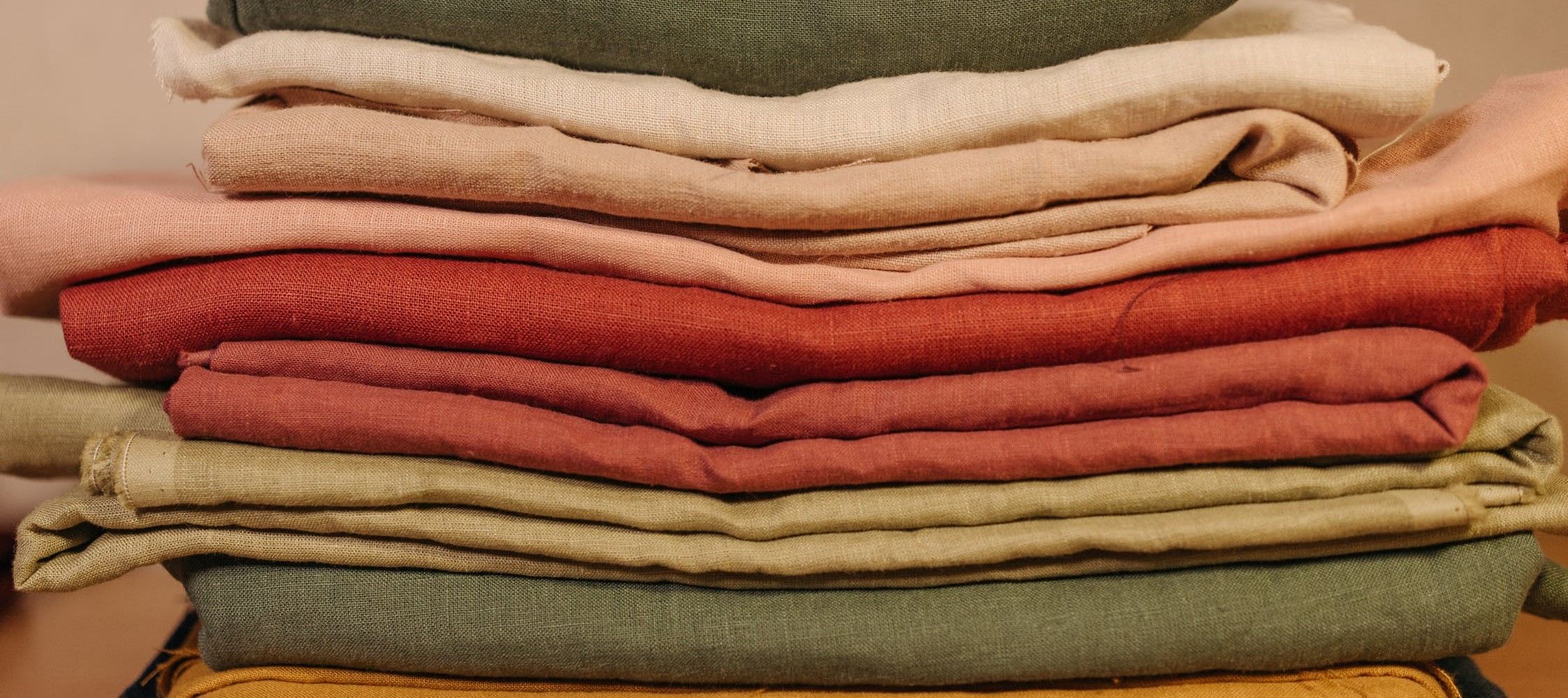Fast Fashion and the Circular Economy
What is fast fashion?
“Fast clothes” are mass-produced based on the latest trends and sold at a low cost. It is a constant cycle of consumerism and is anything but circular!
As new trends appear, fashion retailers produce more garments to keep up with the market. Then, for consumers, it’s out with the old and in with the new. This leads to piles of clothes building up in wardrobes that either remain unworn or end up in the rubbish.

Examples of fast fashion
-
Kendall Jenner
In 2016, the oldest Jenner sister shared a photo of her birthday party dress on social media. Within days, fast fashion giant Pretty Little Thing, replicated the dress for a fraction of the original’s cost.
-
Meghan, Duchess of Sussex
The Royal Wedding was a joyous time for many, but not for the sustainable fashion industry! Retailers were watching the 2018 event closely and, a few days later, a wedding dress similar to Meghan’s was available to buy on Fashion Nova. The difference? The fast version was a whopping 3,000 times cheaper than the original!
How bad is fast fashion?
Here are five facts about fast fashion that we hope will convince you to embrace more sustainable shopping habits:
- The UK produces over 200,000 tonnes of textile waste a year (the weight of around 20,000 elephants). That’s an average of 3.1kg of waste per person per year (Labfresh 2020).
- 10% of all greenhouse gas emissions come from clothing and footwear production (UNECE 2018).
- 500,000 tonnes of plastic microfibres from textiles are released into the ocean each year (World Bank 2019).
- It takes 2,700 litres of water to make a single cotton T-shirt – that’s enough drinking water for one person for 2.5 years! (WWF 2013).
- Fast fashion working conditions are extremely poor, demanding long hours in unsafe conditions for very little pay.

But it’s not all doom and gloom! Steps are being taken to move towards a more sustainable fashion industry. If you want to change the way you shop, check out our top tips for switching to circular fashion.
About Megan Bedford
Megan is a BLUEPRINT Project Champion, currently studying Geography at Coventry University. Her favourite sustainability swap is using plastic-free shower bars instead of bottles and is amazed at how long the products last – she loves seeking sustainable bargains!


